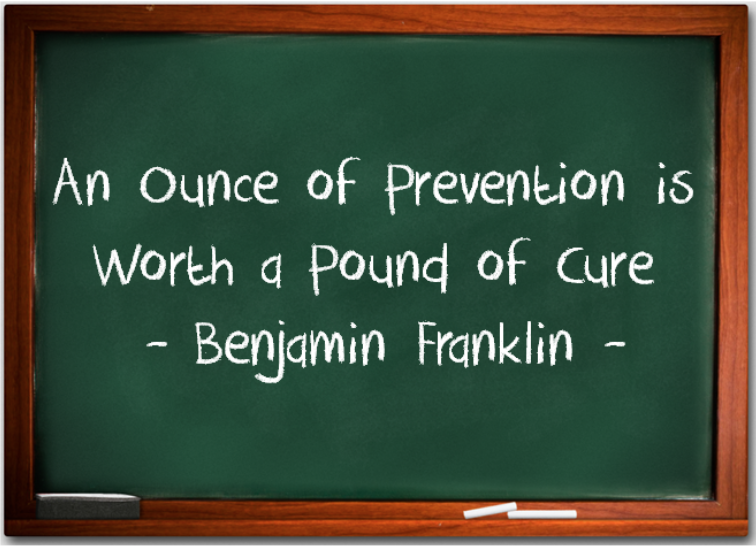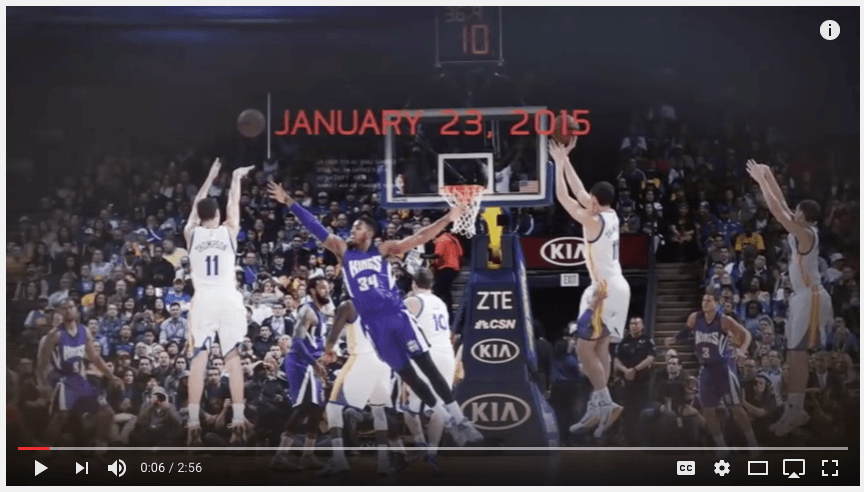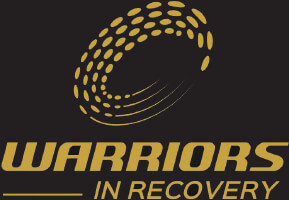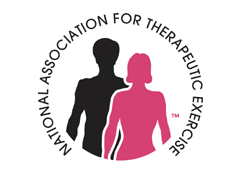As a follow-up to my last blog…YES! Quality movement matters and is being weighed heavily on by experts in professional sports to help predict injury risks and to help prevent injuries in athletes. Being able to identify movement dysfunctions as it relates to player biomechanical screenings in the draft process was also big topic at this year’s NBSCA Educational Conference in Chicago.
Last year, in the NBA alone, player injuries cost teams $400 million dollars. This was $400 million in salaries paid to players during time they were unable to play basketball. It doesn’t even begin to cover other losses a team might incur when an athlete is unable to play due to injuries. Can you imagine the revenues deficit the Cavs experienced after their loss in the 2015 Championship? It goes way beyond player’s salaries…Loss in profits from apparel/merchandise sales, tickets sales, advertising and sponsorships, etc.

This year’s conference focus was on strategies for optimizing movement quality and injury prevention. So, how can these “injury risks” be identified in athletes? Through player biomechanical screenings and you can bet every player being drafted by an NBA team this year will go through one. The Single Leg Squat (SLS) is a movement used to identify dysfunctional movement patterns and asymmetries.

Fundamentally, the SLS motion measures stability and control during different movement phases (triple flexion and triple extension). Movement predominently takes place in the sagittal plane. However, coronal and transverse planar movement in this motion can be used to identify movement dysfunction. The control and stability of the movement provides useful information. For example, measuring the frequency and amplitude of COM osilations over the duration of a squat can provide information about the subtle fluctuations in stability throughout the movement. Both higher frequency and higher amplitude of oscilations could indicate compromised control under load. Thus, the athlete might be limited in stabilizing and attenuating ground reaction forces demanding maneuvers in sports (changing directions, landing and pivoting).
Quality movement requires efficient gathering and processing of sensory information by mechanoreceptors in the body to the brain. If you read any of my previous blog entries, then you know how important the Central and Peripheral Nervous Systems are in movement. Here’s a very cool explanation why they are all important in athletic performance. John Brenkus and Sports Science ROCKS!
Check out this episode on Klay Thompson:

Nuf said…Cheers,
Drock







